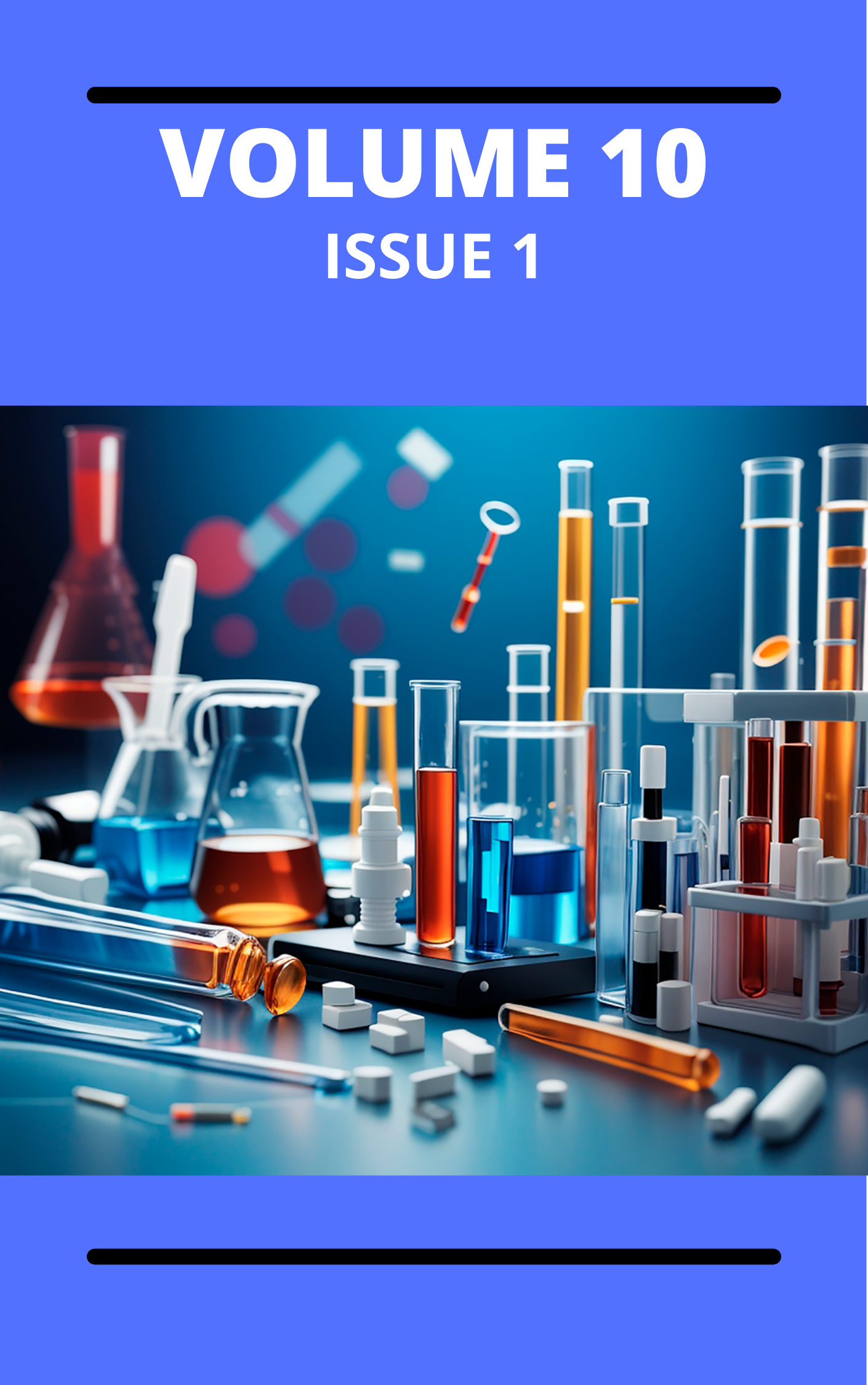Heteroatom-Doped Carbon Allotropes in Corrosion Protection
Keywords:
Heteroatom-doped carbon allotropes, corrosion protection, Nitrogen-doped grapheneAbstract
Heteroatom-doped carbon allotropes, characterized by the incorporation of non-carbon elements into their structures, have emerged as promising candidates for advanced corrosion protection. This explores the significance of heteroatom-doped carbon allotropes, such as nitrogen-doped graphene in revolutionizing corrosion inhibition techniques. These materials exhibit enhanced catalytic activity, improved barrier properties, and tailored surface reactivity, making them invaluable for inhibiting corrosive processes which is a ubiquitous challenge in materials science, and demands innovative strategies for effective protection. This article focuses on the mechanisms through which heteroatom-doped carbon allotropes provide corrosion protection, including barrier protection and cathodic protection, elucidating their fundamental role in hindering the corrosion process and also highlighting their applications in diverse industries, emphasizing their pivotal role in ensuring the durability and longevity of materials exposed to corrosive environments. The challenges and future prospects associated with these materials are also discussed, underscoring their potential to redefine the landscape of corrosion protection technologies.
Downloads
Published
Issue
Section
Most read articles by the same author(s)
- Ajike Eziyi Emea, Lebe Agwu Nnanna, Orji Obinwa, Elizabeth Chinyere Nwaokorongwu, Investigation of the inhibitive Properties of Irvingia gabonensisExtractan for the Corrosion of Aluminum Alloy (aa4007) in 1 m HCl , Communication In Physical Sciences: Vol. 9 No. 3 (2023): VOLUME 9 ISSUE 3
Similar Articles
- Nkem B. Iroha, Richard A. Ukpe, Investigation of the Inhibition of the Corrosion of carbon steel in Solution of HCl by Glimepiride , Communication In Physical Sciences: Vol. 5 No. 3 (2020): VOLUME 5 ISSUE 3
- Vivian Ifeoma Okonkwo, Gloria Chika Udeokpote, Uduak Bassey Essien, Ethanol Extract of Curcuma longa as a green corrosion inhibitor for carbon steel in solution of HCl , Communication In Physical Sciences: Vol. 8 No. 4 (2022): VOLUME 8 ISSUE 4
- Stephen Eyije Abechi, Casmir Emmanuel Gimba , Adamu Uzairu, Odike Jotham Ocholi, Comparative Analysis of Methods of Activated Carbon Surface Area Determination , Communication In Physical Sciences: Vol. 10 No. 1 (2023): VOLUME 10 ISSUE 1
- Attah Chuks Emmanuel, Gloria Chika Udeokpote, Ethanol Extract of Vernonia amygdalina Leaf as a Green Corrosion Inhibitor for Carbon Steel in Solution of HCl , Communication In Physical Sciences: Vol. 10 No. 3 (2023): VOLUME 10 ISSUE 3 (2023-2024)
- Sunday Emmanson Udoh, Effect of Intake Work Corrosion on Water Quality and Remedial Measures , Communication In Physical Sciences: Vol. 7 No. 4 (2021): VOLUME 7 ISSUE 4
- Uduak Bassey Essien, Magdalene E. Ikpi, Alexander I Ikeuba, Nsikak Bassey Essien, Experimental and Computational Chemistry Investigations of Tartaric acid as a Green Corrosion Inhibitor for API 5L X 52 Carbon Steel in 0.5 M HCl , Communication In Physical Sciences: Vol. 7 No. 4 (2021): VOLUME 7 ISSUE 4
- Monica Chikodinaka Nkwocha, Lebe A. Nnanna, Chukwuemeka Young Ahamefula, Ogwo D. Kalu, Properties of Avocado (Persea Americana) Leaf Extract as a Corrosion Inhibitor for Mild Steel in 1 M KOH , Communication In Physical Sciences: Vol. 12 No. 7 (2025): Volume 12 issue 7
- Buhari Aminu Balesa, Abdullahi Lawal, Saddiq Abubakar Dalhatu, Bala Idris, Mustapha Bello, First Principles Calculations of Structural, Electronic and Optical Properties of Nitrogen-Doped Titanium Dioxide for Solar Cells Application , Communication In Physical Sciences: Vol. 7 No. 4 (2021): VOLUME 7 ISSUE 4
- Patricia Ese Umoru, Femi Emmanuel Awe, Joseph Ifeanyi Uche, Oluwayemi Abiodun Babatunde, Ibrahim Aliyu Salaha, Investigation of the Adsorptive And Inhibitive Properties Of Cucurbita Maxima Peel Extract And Halide Ions As Inhibitors For Stainless Steel in 1m H2so4 Solution , Communication In Physical Sciences: Vol. 10 No. 2 (2023): VOLUME 10 ISSUE 2
- Ugoetan Victor Agbogo, Rifore Belief Silas, Victor Inioluwa Olaoye, Philip Ifeanyi Jerome, Mathew Joshua, Investigation of the Inhibitive Properties of Bio-Inspired Starch-Polyvinyl Acetate Graft Copolymer (Ps-Pvagc) on the Acid Corrosion of Mild Steel , Communication In Physical Sciences: Vol. 10 No. 2 (2023): VOLUME 10 ISSUE 2
You may also start an advanced similarity search for this article.




